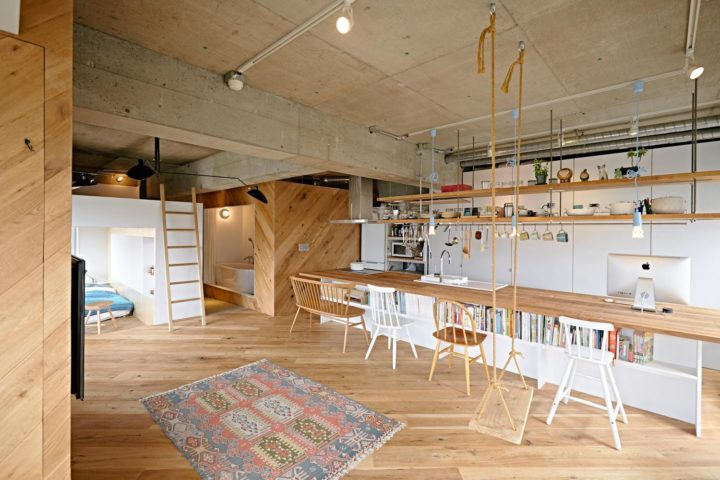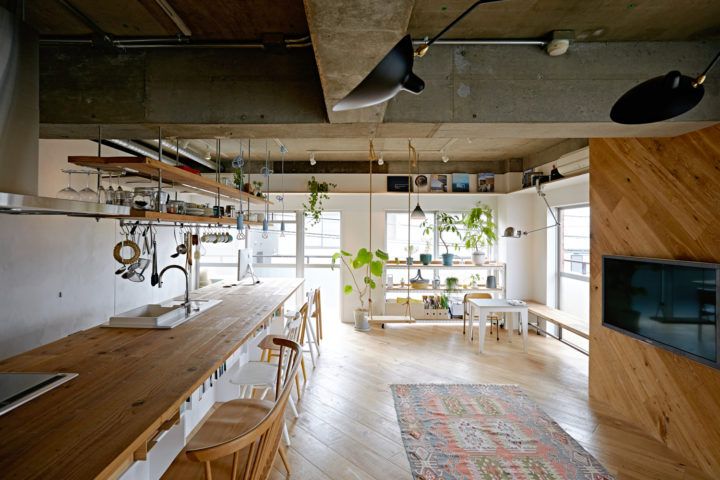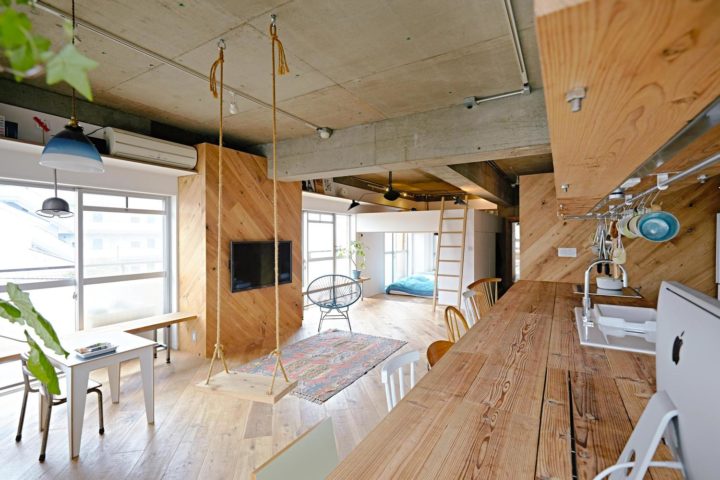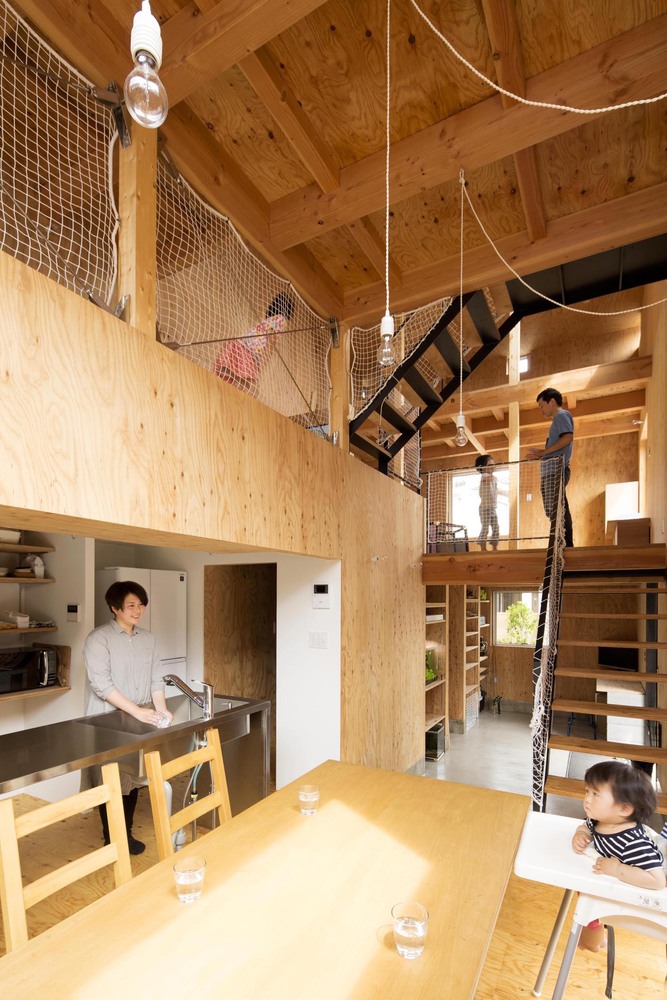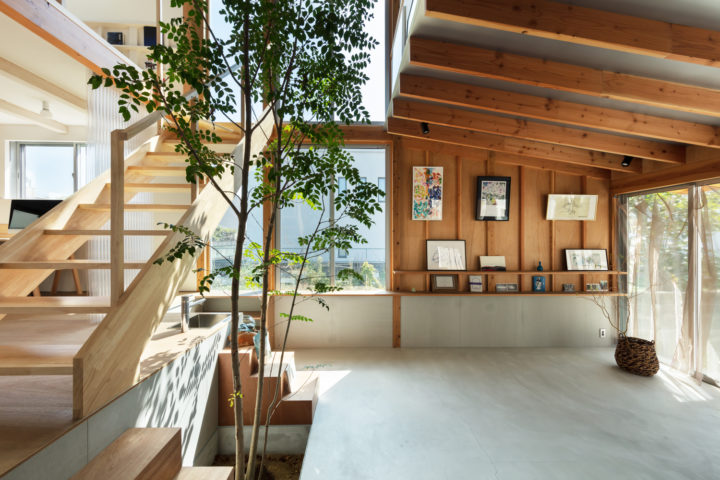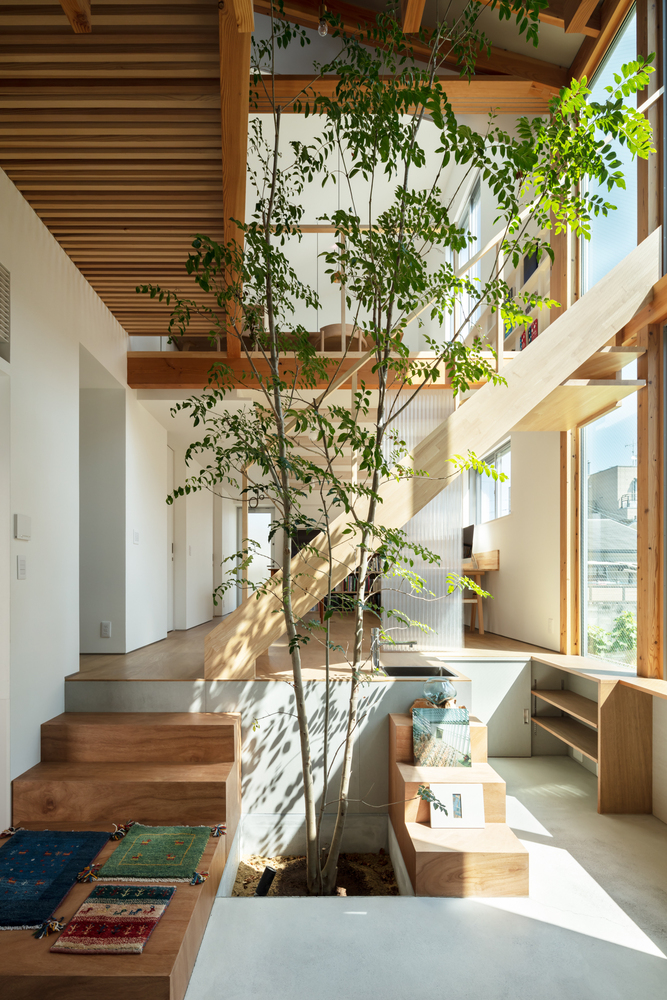Japanese Interior design is a minimal style that uses clean lines, natural materials, and a neutral color palette. Peaceful simplicity is a central aspect of Japanese aesthetics. Indeed, for this interior design decor, less is more. While similar to Scandinavian minimalism, Japanese design goes beyond aesthetics and materiality. Order, balance, ancient traditions, and the appreciation for natural beauty play a central role and provide a sense of sophistication. In this concise essential guide, you’ll learn everything you should know about modern Japanese interior design.
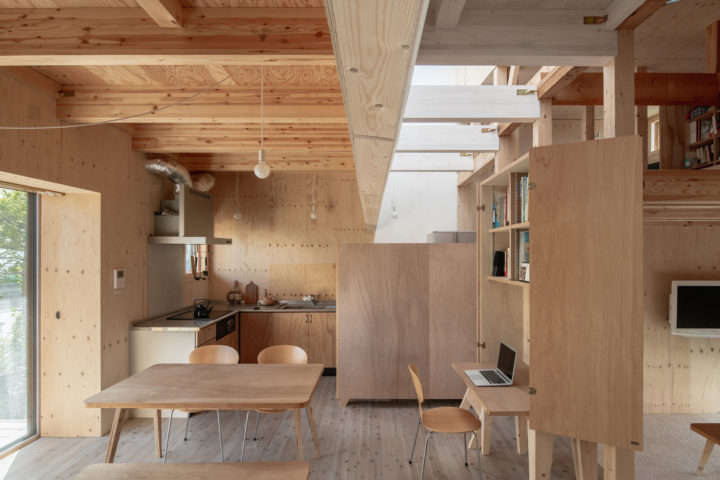
Image: i
Simplicity and Cleanliness: Shinto and Wabi-Sabi

These principles constitute the basis of modern Japanese interior designs. Wabi-sabi refers to the beauty of imperfection and impermanence, while Shinto revolves around the idea of spirits inhabiting living and non-living things. The idea is that nothing has to be perfect, but everything must have a place and a purpose in the design. Get rid of the superfluous and keep just essential pieces of furniture and decor.
Wood
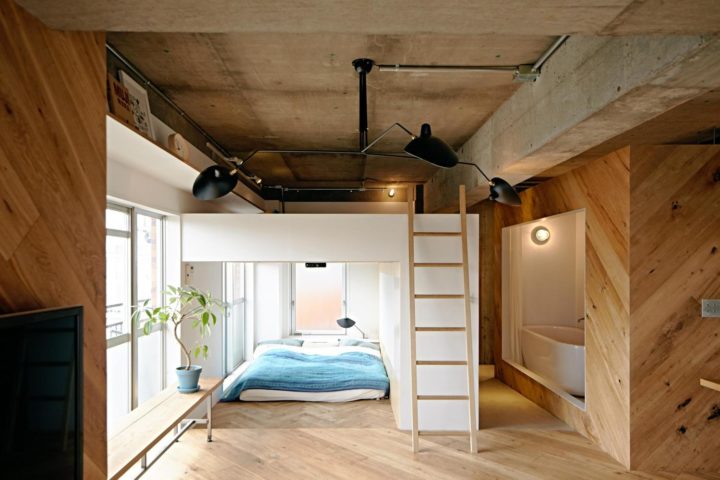
This home interior design style shows deep appreciation and respect for nature. In modern Japanese interior design, wood is king. After all, this material gives a zen-like feeling and reminds the traditional culture. Wooden cabinets, closets, kitchen platforms, and traditional plants will give your spaces a cultural touch and add elegance to the rooms.
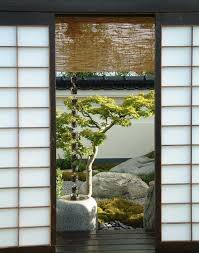
Most modern Japanese homes feature creative design solutions (such as flexible shelving to save space and keep a room tidy) and elements of fine craftsmanship, usually made of wood.
The Use of Open Spaces

No matter how big a house is, Japanese interior design always incorporates open spaces to add a natural flow to all the items and furniture in a room. To convey a feeling of openness, many designers arrange furniture on two or three walls of the room and leave the rest uncluttered.
Images:
Additionally, most of the Japanese furniture is low to the ground. You can mimic this aesthetic by incorporating simple side tables and traditional bed frames. Plus, floor cushions in the living room will free up some space. convey a strong sense of Japanese influence.

Images:
Images:
The use of natural light is essential in accentuating open spaces. Large windows and ceiling openings help in allowing natural light to get through the rooms. Avoid heavy draperies as they tend to block the light.
Impressive by Tae Ha Interior Design
Minimalist Design Patterns with White Color Tones
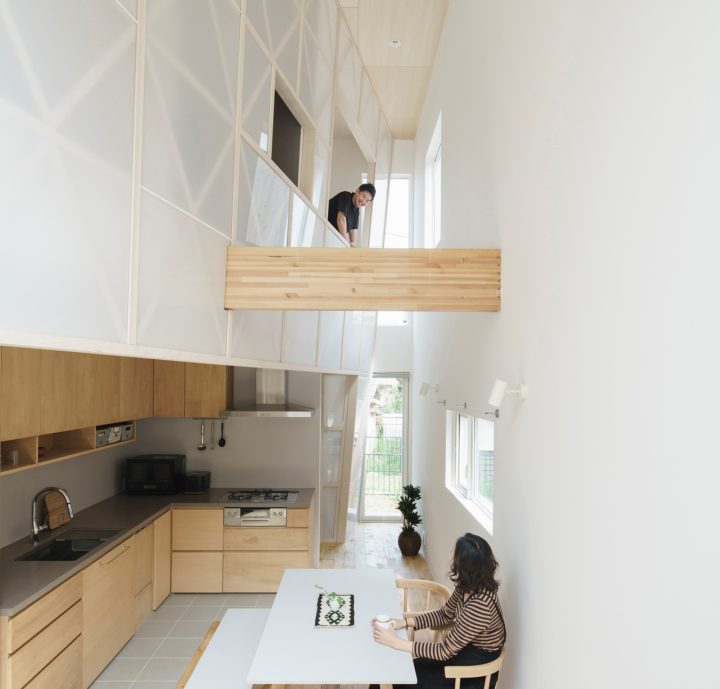
Image: o Architects
Using shades of white expresses a sense of serenity and creates an illusion of a larger space. Pairing white color tones with natural light coming through skylights and big glass windows relaxes the mind.
An authentic Japanese sliding door is another essential addition to this interior design style. Modern versions of these screens consist of glass panels inside a wooden grid. Aside from saving space, these sliding doors do not block natural light and can replace walls while still giving a sense of privacy when needed.
Conclusion
Japanese interior design is minimalist but sophisticated. Traditions and innovations blend beautifully to create an elegant style easy to replicate in your house, as long as you make sure to introduce elements of nature, maintain a neutral color palette, and keep your rooms down to the essentials.
The post appeared first on .
